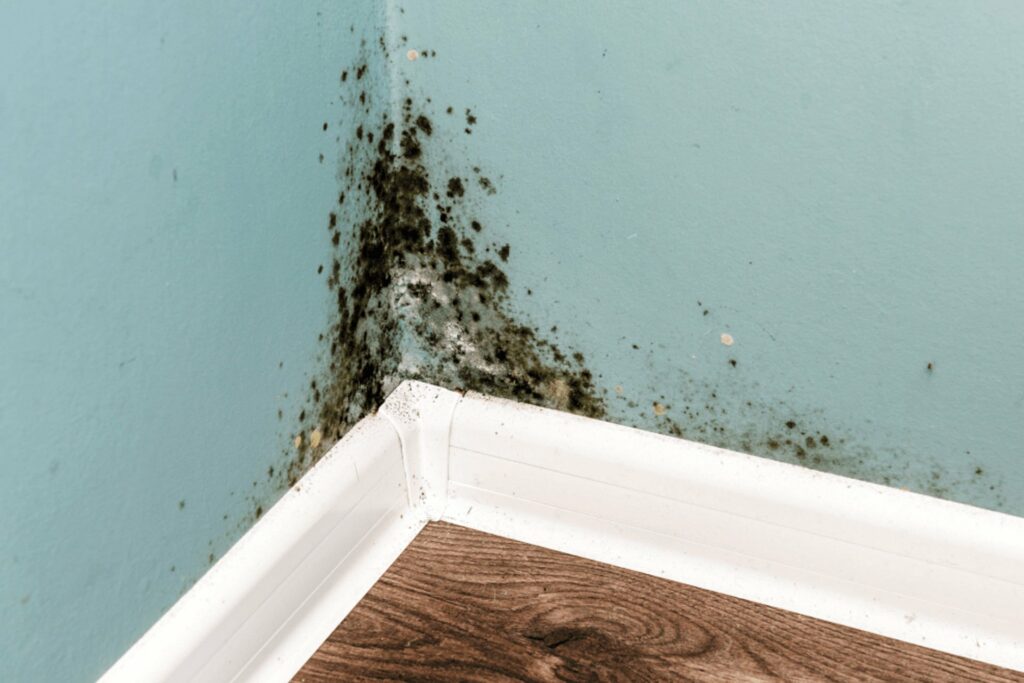Dampness and mold are not just unsightly; they can also lead to severe health and structural issues in your home. Left unchecked, they can affect your well-being and cause expensive damage. This comprehensive guide will provide you with actionable tips to identify, prevent, and address damp and mold effectively.

Dampness refers to the presence of excess moisture in your home. This moisture can come from several sources, and when not addressed, it creates the perfect environment for mold to thrive.
Mold is a type of fungus that grows in damp, warm, and poorly ventilated environments. While mold spores are naturally present in the air, they become problematic when they grow on surfaces inside your home.
Did you know Green Mold is the most common in UK households
Excess moisture creates the ideal environment for mold spores to settle and multiply. Without adequate ventilation or moisture control, mold can spread quickly.
Certain areas in your home are more vulnerable to damp and mold due to their exposure to moisture or poor ventilation.
Exe-spand are specialists in all aspects of general building and property maintenance related works, for both private and commercial clients in Exeter, East Devon, Torbay and Somerset.
Phone: 01392 920142
Email: info@exespand.co.uk
Unit 1, Rosamond Farm, Exeter EX5 2JG, United Kingdom
Mon 9:00am – 5:00pm
Tue 9:00am – 5:00pm
Wed 9:00am – 5:00pm
Thr 9:00am – 5:00pm
Fri 9:00am- 5:00pm
Sat Closed
Sun Closed
Exespand are specialists in all aspects of general building and property maintenance related works, for both private and commercial clients in Exeter, East Devon, Torbay and Somerset.
Phone: 01392 920142
Email: info@exespand.co.uk
Unit 1, Rosamond Farm, Exeter EX5 2JG, United Kingdom
Mon 9:00am – 5:00pm
Tue 9:00am – 5:00pm
Wed 9:00am – 5:00pm
Thr 9:00am – 5:00pm
Fri 9:00am- 5:00pm
Sat Closed
Sun Closed